Konkan Economy and Society in Transition (1818-1920)
Synopsis
The book ‘South Konkan Economy and Society In Transition’ (1818-1920) on the Western Coast of India is an excellent area to investigate. Each port city on the coast has a tale to narrate. Every port, major or minor has a market at home and abroad and each market has a story of its rise and decline. South Konkan, a coastal region on the west coast of India had celebrated ports such as Ratnagiri, Rajapur, Malvan, Devgad, Vijaydurg, ankote and Vengurla. Trade flourished through these ports. The author examines the impact of British rule on this over region a period of one hundred years. The focus is on Ratnagiri and Malvan talukas including Vengurla, which was a Petha converted to a taluka in 1879. A number of administrative, economic and social changes that took place during this period are discussed. The author also focuses on issues related to khoti, agriculture, trade, industry, forests, and migration, after the British established their control and makes an attempt to study the economic, social and political conditions of the period which led to the decline of the Konkan economy turning it into a money order economy. This study based primarily on archival records is a classic work showing the vital role of the Government in the growth of decline of any economy. It is no important whether the area is a periphery or is in the mainstream, it can still be developed according to its extent and its capacity if the government identifies its strong points and draw backs. This is evident from the rapid changes that are again seen in Ratnagiri, Malvan and Vengurla with the construction Konkan railway connecting Maharashtra, Goa and Karnataka and Kerala. The interest taken by the government in the development of beaches and new agricultural and industrial experiments in the Konkan have already started giving a much-needed impetus to socio-economic development on the western coastline of India transforming the lives of eleven million people who live there. The book should appeal to students and scholars interested in the changing economy and society on the west coast of India especially Konkan.
Read more
45.00
40.5
$
50.00 $
Free delivery Wolrdwidе in 10-18 days
Ships in 1-2 days from New Delhi
Membership for 1 Year $35.00
Get it now and save 10%
Get it now and save 10%
BECOME A MEMBER
Books by the same author

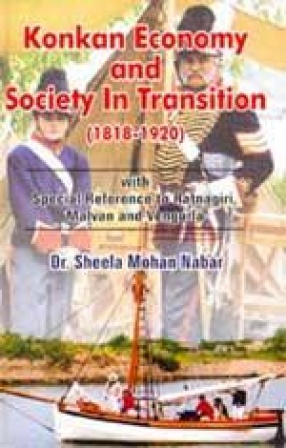
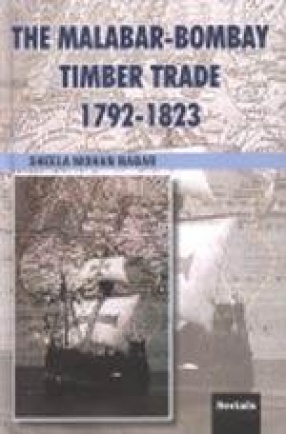
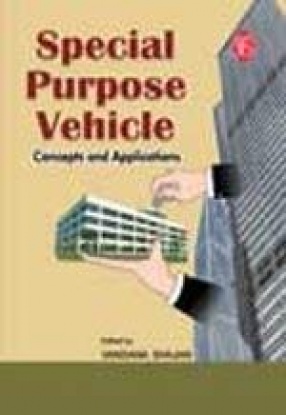
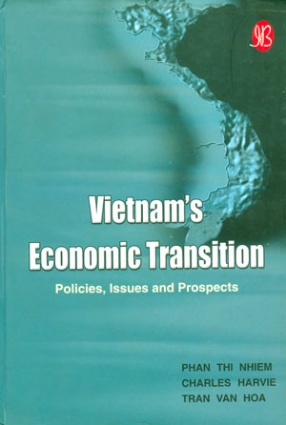
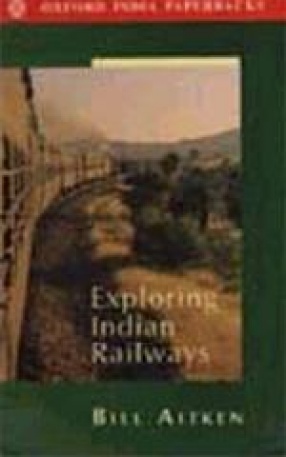
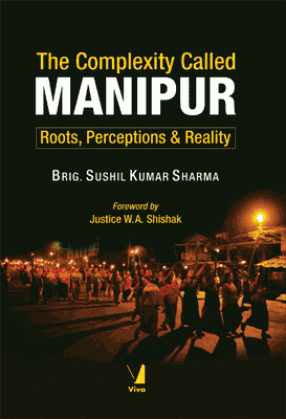

Bibliographic information